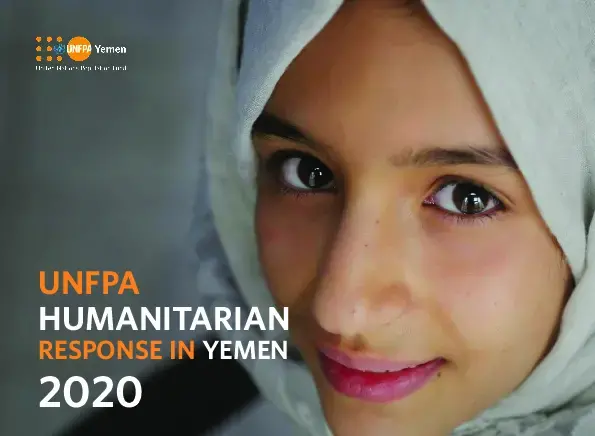The humanitarian crisis in Yemen remains the worst in the world. Nearly five years of conflict has led to the collapse of the economy and social services. Millions of Yemenis are hungrier, sicker and more vulnerable than a year ago.
An estimated 24 million people – over 80 per cent of the population – are in need of some kind of assistance, including 14.4 million who are in acute need – nearly two million people more than in 2018.
An estimated six million women and girls of childbearing age (15 to 49 years) are in need of support. Rising food shortages have left more than one million pregnant and lactating women malnourished, who risk giving birth to newborns with severe stunted growth. In addition, an estimated 144,000 women are likely to develop childbirth complications.
Nearly half of the health facilities are not functioning or only partially functioning. Only one-third of the functioning health facilities provide reproductive health services due to staff shortages, lack of supplies, inability to meet operational costs or are damaged due to conflict. Equipment and medical supplies are inadequate or obsolete. Health workers have not been paid or been paid only irregularly for more than two years, has now left Yemen with only 10 health workers per 10,000 people – less than half the WHO minimum benchmark. In a country with one of the highest maternal mortality ratios in the Arab region, the lack of food, poor nutrition and eroding healthcare, worsened by epidemics such as cholera, can mean an increase in premature or low-birth weight babies and post-partum bleeding.
As many as 4.3 million people have been displaced in the last three years, while some 3.3 million people remain displaced. About half of the displaced are women, 27 per cent of whom are below age 18. Their coping mechanisms are stretched to the limit and they are paying the heaviest price, as is so often the case in humanitarian crises. With limited shelter options, displaced women and girls tend to suffer most from lack of privacy, threats to safety and limited access to basic services, making them ever more vulnerable to violence and abuse.Displaced girls are more likely to lose access to schooling as families with limited resources de-prioritize their right to education.


